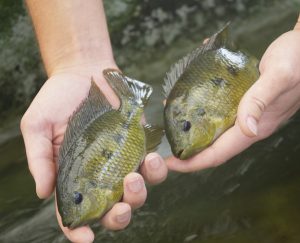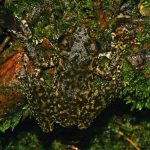Environmental DNA: revolutionising how we investigate northern Australian aquatic life
Introduction
TropWATER is leading this large-scale research programme which aims to develop rapid and cost-effective eDNA technology to identify and monitor northern Australian aquatic species. This technology is revolutionising how we investigate life underwater and the TropWATER team are experts in using eDNA-based approaches for improving our understanding of freshwater biodiversity, and in practical monitoring and assessment applications. We are currently applying eDNA techniques to estimate the presence and distribution of aquatic invasive species (tilapia, climbing perch), rare and endangered species (sawfish, frogs, turtles), and to determine the potential effects of fish passage barriers on barramundi movements.
What is environmental DNA (eDNA) and how does it work?
Environmental DNA (eDNA) is DNA that has been released by an organism into the environment, via faeces, hair, urine, skin or gametes. This DNA can be extracted directly from environmental samples such as soil, sediment, and water without having to catch the target organism. The use of eDNA technology allows positive identification of the presence of aquatic species at any life stage and from both sexes from the collection and analysis of DNA material in water samples from different environments (freshwater, marine). In other words, surveying an aquatic field site is as easy as collecting a water sample.



